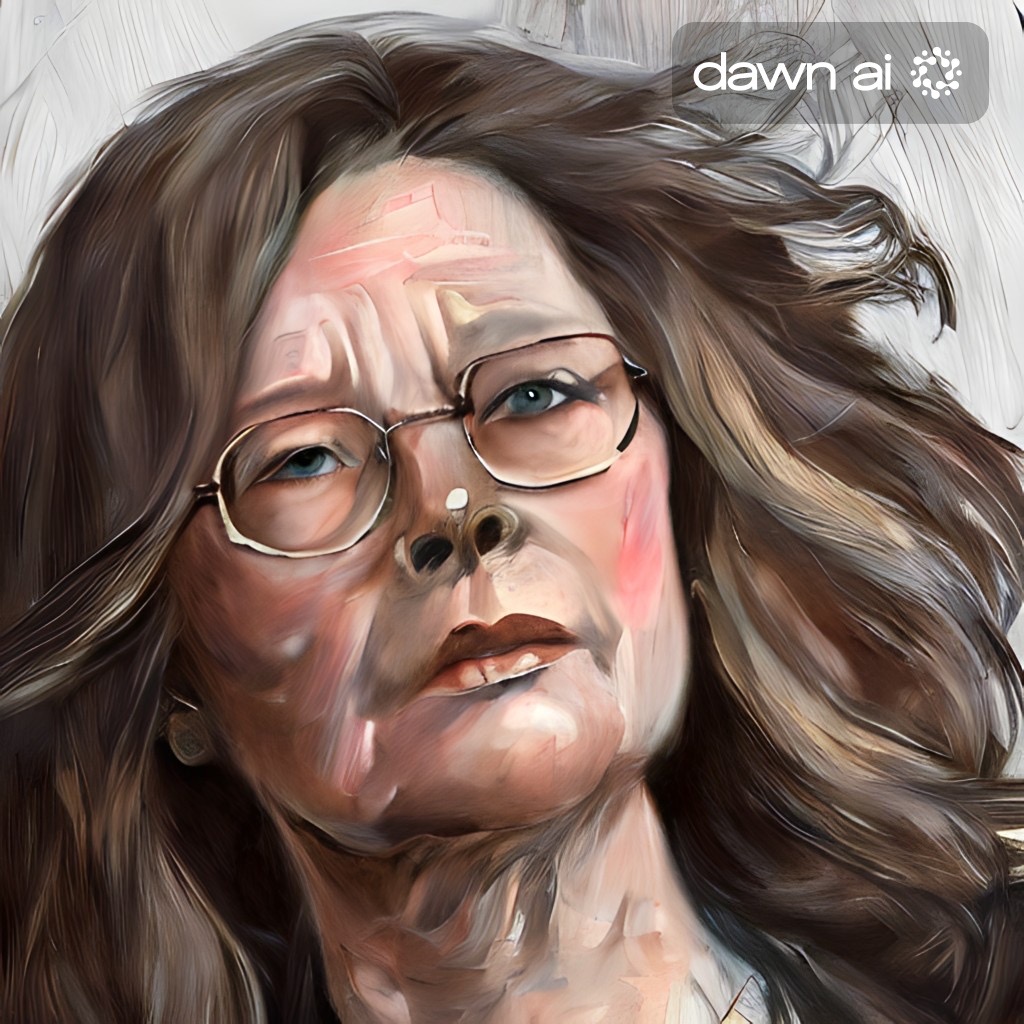orientalism revisited > 03/11/06
Rider Haggard’s fin-de-siècle novel She is an adventure novel, an early Indiana Jones, of the colonial age. She is short for She who must be obeyed, a white queen whose name is Ayesha and the protagonist of the novel. In the novel, a Cambridge professor travels to the heart of darkness (yes, Conrad is here too) that is SHE.
response (0) tagged: patriarchy :: abomination :: fantasm :: the mother filed under: the Other :: cultural diversity and otherness

